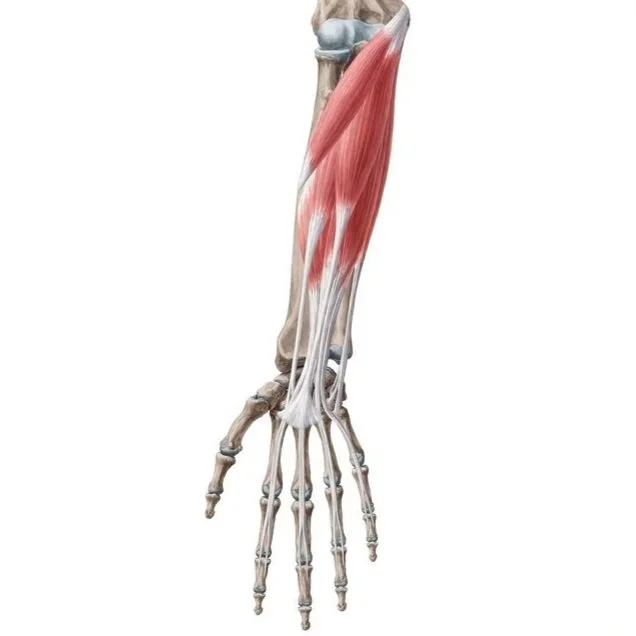Tendons: Why They’re Hard to Heal—and What You Might Be Missing
Tendons are dense bands of connective tissue that link muscle to bone, transmitting the force your muscles generate to facilitate movement.
They consist primarily of collagen fibers and specialized cells called tenocytes. The density of these fibers mean they’re great for strength and durability, but don’t heal quickly.
Why Tendons Take So Long to Heal
Low vascularization
Tendons have sparse blood supply compared to muscles and skin, meaning fewer oxygen and nutrient-rich blood cells reach an injury site, slowing the healing process.Low cellular activity
Tendons contain relatively few fibroblasts and growth factors (your body’s cellular “builders”). With fewer active cells and structural proteins, early healing tends to be slow and incomplete.Suboptimal tissue repair
Even once healed, tendons typically regain only about 70% of their original strength and may develop weaker, disorganized collagen fibers.
The Common—but Not So Obvious—Causes of Tendon Strain
We all know overtraining and repetitive gripping can create tendon pain. But some less-obvious factors often fly under the radar:
Tight Muscles & Altered Loading
Stiff forearm muscles can transfer abnormal stress through the tendon instead of absorbing it—especially during dynamic moves like crimping. The muscle-tendon complex simply isn’t able to buffer impact efficiently.
Tight muscles can lead to strain on the tendons
Underlying Tendinopathy
Persistent pain may not be simple inflammation ("tendonitis") but a degenerative process called tendinosis or general tendinopathy. These conditions involve collagen breakdown and disrupted cellular architecture.
Tendon Loving Care
The herbal extractions in our products target the weaknesses of tendon healing. Gotu Kola and Comfrey have been studied for their ability to help re-organize and rebuild collagen fibers, while Solomon’s seal helps hydrate and restore the proper tension to tendons and joints. Arnica helps improve the circulation of nutrients to the injured area, while Calendula and St John’s wort help ease the nerve and skin inflammation.
What does this mean for recovery?
Slow healing is normal - stay hydrated for maximum nutrient cycling and incorporate Tendon Loving Care to get the most out of your rehab program,
Stretch the muscle and take load off the tendons - Looser muscle fibers reduce the tension on tendons. Massage the large muscles to give them space.
Use gentle loading, not rest alone - Controlled loading (like eccentric exercises) encourages better tendon alignment and strength.
Climbing technique - Subtle tweaks in technique or flexibility (hips, ankles, shoulder alignment) can dramatically reduce tendon stress during cruxy movement.


